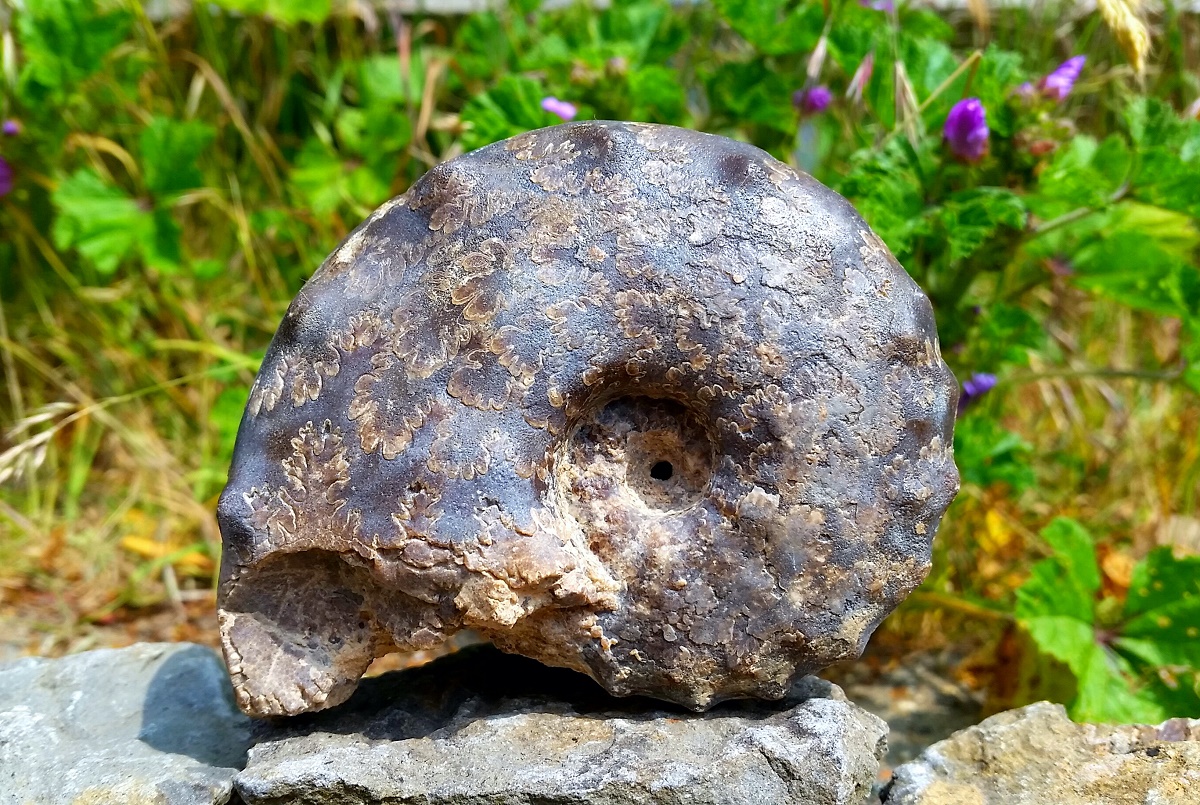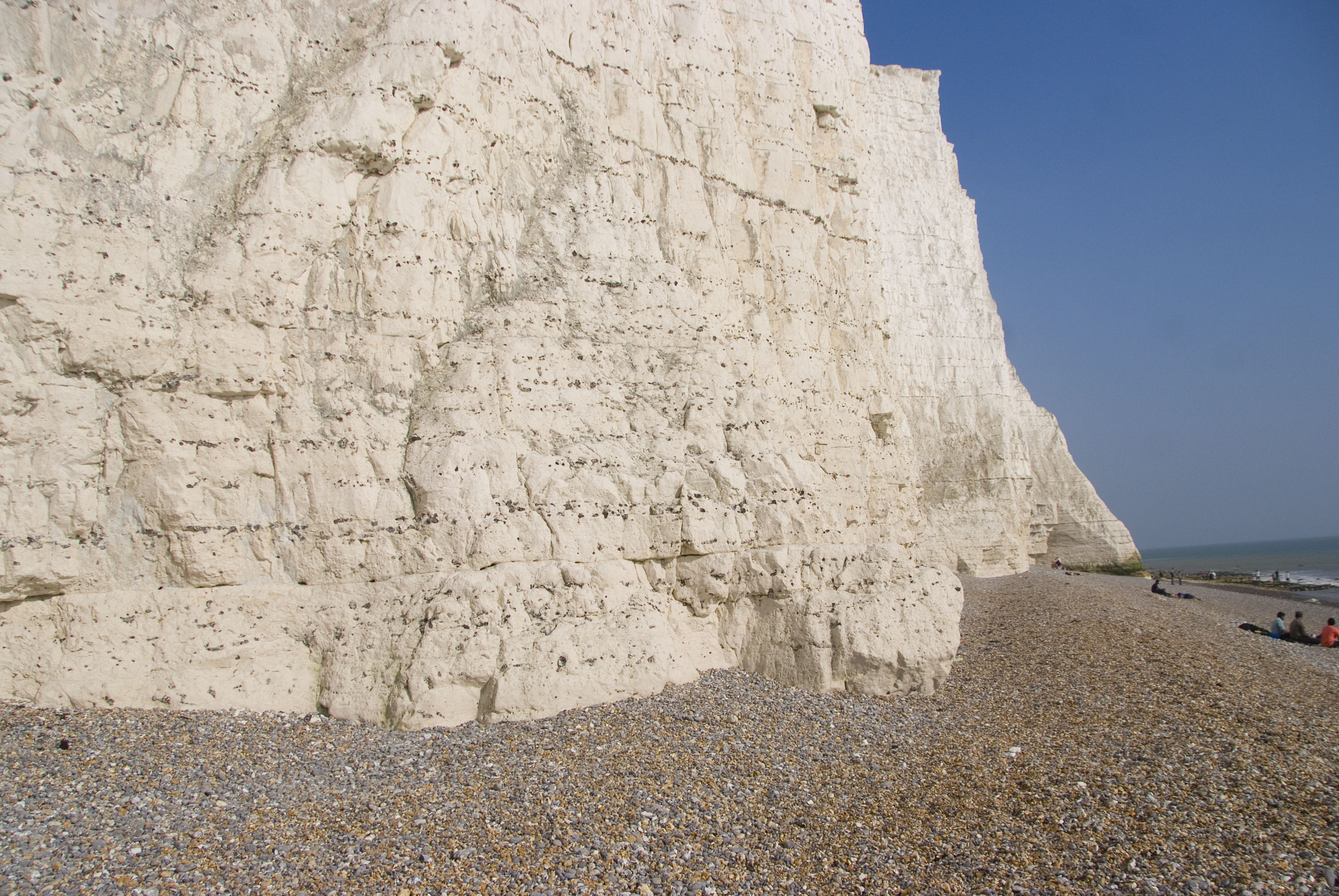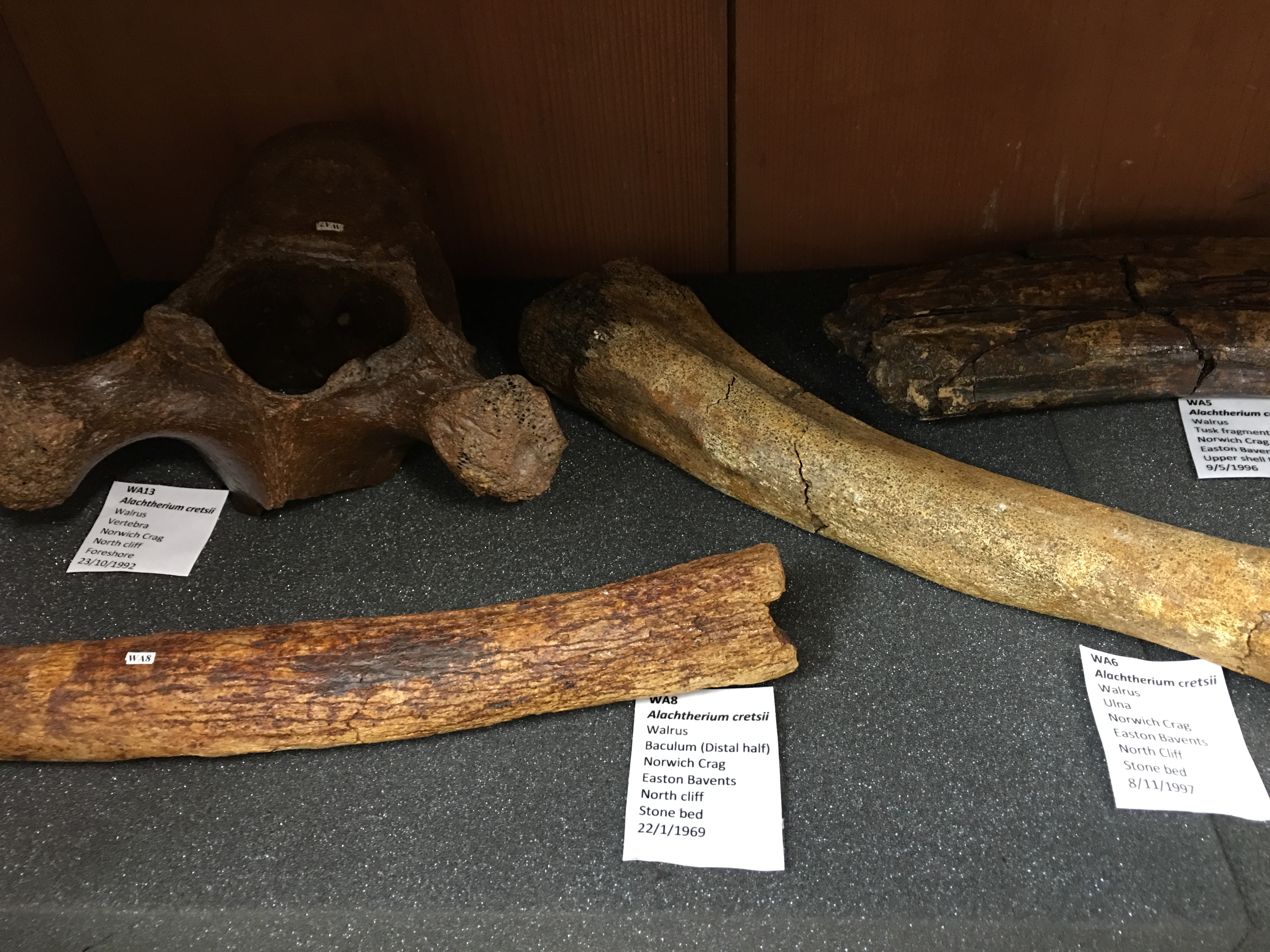The most common method of how fossils formed is once an animal or plant dies, it falls to the ground, and is covered by sediment. This is often sediments brought from water. Of the vast amount of prehistoric life that died, it is only a tiny amount that has survived the fossilisation process. The conditions when the majority of life died were just not right at that time, to preserve them.
















